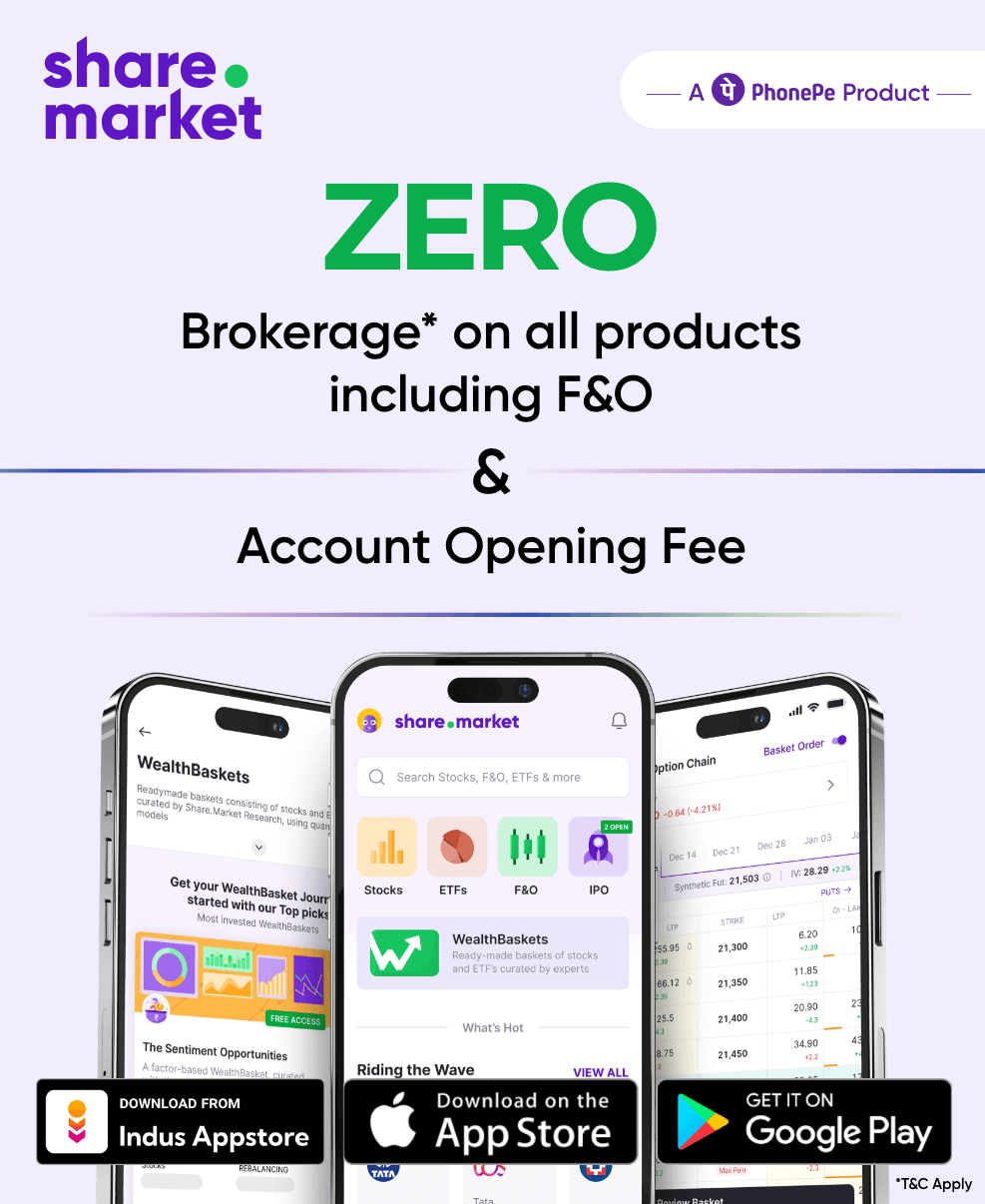Factors to Consider when Applying for SME IPOs
Investing in Small and Medium Enterprise (SME) companies via Initial Public Offerings (IPOs) demands a holistic understanding of the key factors that drive the investment process.
Since these companies have a very small market capitalization and don’t have a strict listing criteria mandated by SEBI there is a possibility of loss for retail investors in these IPOs.
This makes it all the more important that we should understand what are the key factors we should look for while investing in these IPOs.
In this blog, we will tell you which factors should be looked into before you decide on investing in these IPOs.
Company’s financial performance
When evaluating an SME IPO, it is important to carefully review the company’s financial performance. This includes looking at the company’s revenue, profits, and debt levels. You should also look at the company’s cash flow statement to see how well it is generating cash.
Here are some key things to look for in a company’s financial performance
Revenue growth
Is the company’s revenue growing?
It is a good sign that the company is growing and expanding. If a company’s revenue is consistently increasing, it means that the company is doing well. This implies that the company will be able to expand its business, invest in new ideas, and possibly take over more of the market.
Profitability
Is the company profitable?
This is important because it shows if the company can survive and give investors a return on their investment. It also tells us how well the company’s business model is working and if its revenue streams are sustainable.
Debt levels
How much debt does the company have?
Too much debt can be a burden on the company and make it difficult to grow and expand. To assess a company’s debt levels, you need to look at how much money it has borrowed over time. It’s important to have a healthy balance between debt and equity to keep the company financially stable and growing in the long term.
Cash flow
Is the company generating positive cash flow?
This is important because it means that the company has enough cash to operate its business and invest in its future.
Industry Trends
When evaluating an SME IPO, it is also important to consider the industry trends. This includes looking at the growth of the industry, the competitive landscape, and the regulatory environment.
Here are some key things to look for in industry trends:
Growth of the Industry
Is the industry growing?
This is a good sign because it means that there is demand for the company’s products or services.
Competitive landscape
Is the competitive landscape changing?
Evaluating the competitive landscape is important when assessing an IPO because it can significantly impact a company’s future growth prospects, create new opportunities, and pose risks. Investors should understand the competitive landscape and how it is likely to change to make informed investment decisions.
Regulatory environment
Is the regulatory environment changing?
Evaluating the regulatory environment is important when assessing an IPO because it can significantly impact a company’s costs, profitability, and risk profile.
Credibility of the Management Team
When evaluating an SME IPO, it is also important to consider the credibility of the management team. This includes looking at their experience, track record, and compensation.
Here are some key things to look for in a management team:
Experience
Does the management team have experience in the industry and with companies of similar size and complexity?
Industry expertise and experience with companies of similar size and complexity provide management with the necessary skills and knowledge to navigate the challenges and opportunities of the business environment, leading to increased chances of success and enhanced value for investors.
Track record
Does the management team have a track record of success in executing on their strategy and growing their businesses?
Assessing the management team’s execution track record is crucial for evaluating their ability to deliver growth and value to investors.
Compensation
Is the management team compensated fairly?
High management compensation can be a red flag, as it could be a sign that the management team is more interested in enriching themselves than in growing the company.
Where to find these Details?
All the above information regarding company’s management, business, financials, etc can be found in its “DRHP”(Detailed Red Herring Prospectus) or its “Prospectus”. The key difference between a DRHP and a prospectus is that the DRHP is a preliminary document, while the prospectus is the final document used to sell shares to investors.
Conclusion
SME IPOs offer investors the opportunity to invest in early-stage companies with high growth potential. However, it is important to note that SME IPOs are also riskier than investing in established companies. By carefully evaluating the factors discussed in this article, investors can minimize their risk and maximize their chances of selecting the right IPO for investment.
The financial performance of the company
Growth prospects of the industry
Credibility of the management team
Refer to the company’s “DRHP” (Detailed Red Herring Prospectus) or its “Prospectus.”
Yes, SME IPOs generally carry higher risks due to the smaller market capitalization and less stringent listing criteria.
Examine the experience and track record of the management team, and ensure that their compensation is reasonable and in line with industry standards.
Disclaimer: https://share.market/terms-conditions


